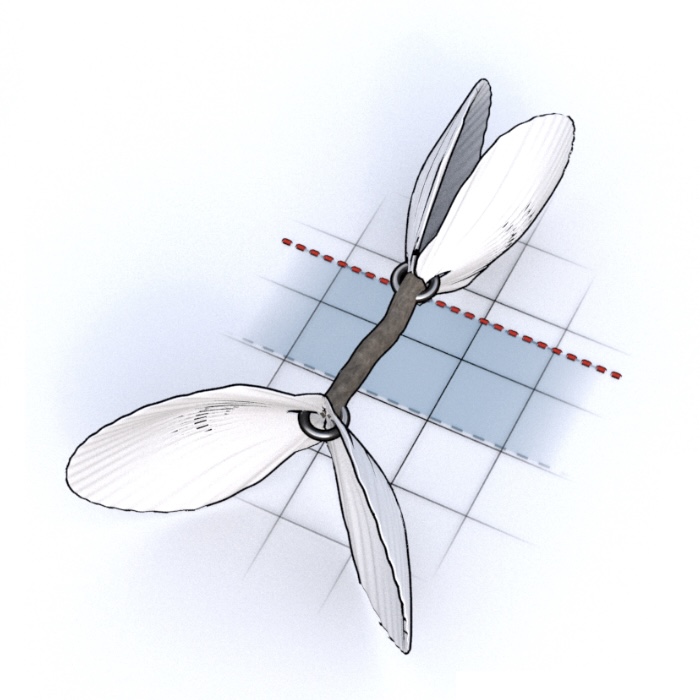Numerous tasks in robotics and character animation involve solving combinations of inverse kinematics and motion planning problems that require the precise design of pose sequences to achieve desired motion objectives. However, accounting for the complex interplay between body deformations and resulting motion, especially through interactions with the environment, poses significant challenges for the design of such pose sequences. We propose a computational framework to address these challenges in scenarios where the motion of a deformable body is entirely determined by dynamic changes of its shape. Complementing recent methods on the forward problem—mapping shape sequences to global motion trajectories—we address the inverse problem of optimizing shape sequences to achieve user-defined motion objectives. We demonstrate the effectiveness of our method through a diverse set of examples, producing realistic shape sequences that result in desired motion trajectories.
|


